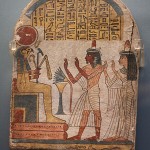
A Context for Nehmes-Bastet (KV64): A Birds Eye View of the Early Third Intermediate Period – Part 1
In January 2012, thanks to the discovery of a new tomb in the Valley of the Kings, named KV64, the 22nd Dynasty was catapulted into the spotlight. At the moment, apart from a couple of tantalising photographs and a video released by the University of Basel (Switzerland) all we know is that the mummified woman was called Nehmes-Bastet; she was a chantress; and her father was a priest at the Temple of Karnak [more…]
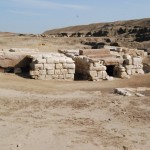
A Context for Nehmes-Bastet (KV64): A Birds Eye View of the Early Third Intermediate Period – Part 2
In Part 1 the political background to and development of the Third Intermediate Period was described, emphasizing the way in which power became divided, both within the Delta and between the Delta and the south, where the Theban high priests became increasingly powerful. Part 2 looks at the blending of Libyan and Egyptian traditions, with new ideas expressed in funerary practices and in the role of religious institutions. [more…]
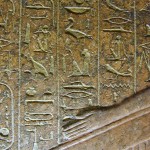
Lecture Review: The re-excavation of the tomb of Horemheb in the Valley of the Kings by Professor Geoffrey Martin
Professor Martin is currently engaged in assembling the results of his work re-excavating the tomb of Horemheb for publication, and it became clear from his lecture that this work is long overdue and will be welcomed by the academic community. Martin described re-excavation as a new type of archaeology, geared specifically to finding information that previous excavators may have missed. He cited Kemp’s work at Amarna as an example of this. [more…]
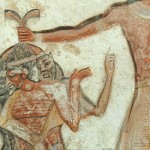
Book Review: Judgement of the Pharaoh
In Judgement of the Pharaohs Tyldesley has tackled a subject that challenges the populist view of Ancient Egypt as a perfect world untroubled by social problems. Tyldesley begins by explaining how she described the idea for her new book to a colleague who said “Crime and punishment in ancient Egypt – surely there wasn’t any?” If an archaeological colleague was so quick to question that perfection of the Egyptian idyll, it is just as well that Tyldesley begins by assuring the reader that there was plenty of crime to be punished. [more…]
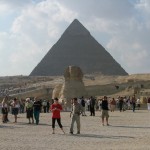
Gantenbrink’s Door – Part II, the Second Robot Mission
The first part of this series tells how, in the early 1990s, modern science revealed the existence of something at the far end of the small shaft heading upwards and outwards from the north and south walls for the Queen’s Chamber in the Great Pyramid. These shafts had attracted little attention since the 19th century. Gantenbrink’s discovery, and explosive pictures, of a door at the end of the southern shaft changed the game. [more…]
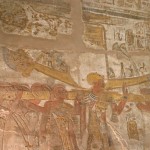
Consulting the Oracle
The word oracle derives from the Latin verb orare, to speak. Oracles were common to a number of cultures and are particularly associated with Classical Greece, where oracles were usually living individuals, male or female. In Egypt the oracle was a statue, usually hidden in the centre of the god’s temple, but taken out into the streets on procession during festivals for the public to consult. In either form the purpose of an oracle was to channel the messages of god, giving answers to specific questions. [more…]
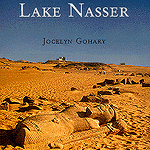
Book Review: Guide to the Nubian Monuments on Lake Nasser
This travel guide covers the monuments salvaged during the building of the Aswan High Dam, which were relocated to new higher land to escape the rising waters of Lake Nasser. The most substantial and impressive of these is Abu Simbel, but other sites, like Wadi al-Sebua, the sites at New Kalabsha and the tomb of Pennut are also important and very beautiful. [more…]

Review: HieroPocket 1.0 (iPhone app)
I have been using the iPhone app “HieroPocket” for a few months now, and I thought that for those of you who already own an iPhone or are thinking of buying one it might be useful to summarize its key features. The application is easy to navigate, featuring two main sections – the Dictionary and the Sign List, both available from nice big buttons on the home screen, which has a papyrus-themed background [more…]
 By
By